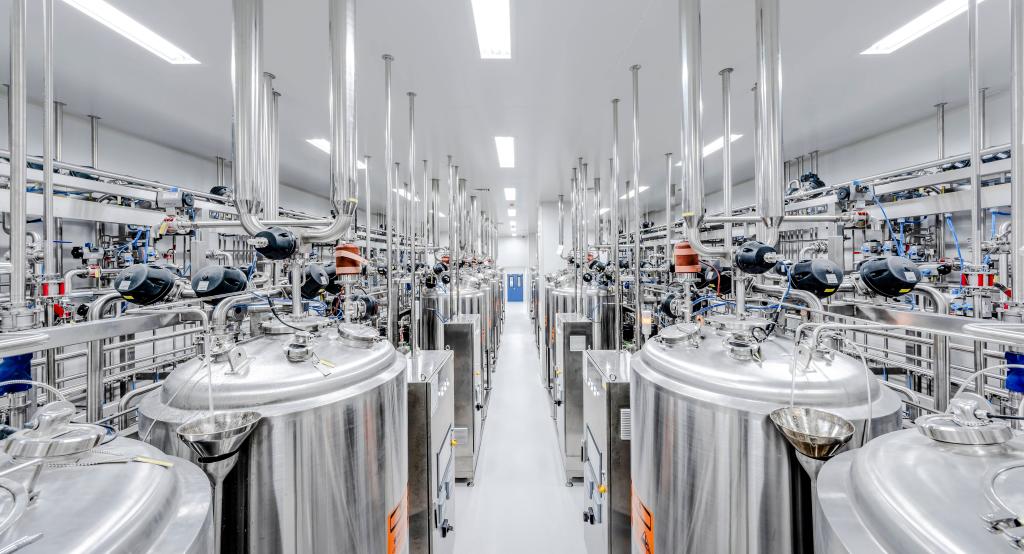Quality Phospholipid Suppliers in China,Skincare Benefits
Time:2024-10-24
There are various ways to improve the purity of phospholipids, primarily involving extraction, purification, and subsequent processing stages. Here are some specific methods to enhance their purity:
1. Optimize Extraction Methods
·Select Appropriate Solvents: Phospholipid extraction typically involves organic solvents like chloroform and methanol. By optimizing the type and ratio of solvents, extraction efficiency can be improved while minimizing impurities.
·Improve Extraction Processes: Utilizing advanced extraction techniques such as ultrasonic-assisted extraction or microwave-assisted extraction can enhance phospholipid purity, as these methods increase their yield from raw materials while reducing the extraction of impurities.
2. Strengthen Purification Steps
·Crystallization and Separation: Crystallization and separation steps can yield different forms of phospholipids, such as liquid and flake phospholipids, helping to remove impurities and improve purity.
·Distillation and Deodorization: Distillation and deodorization processes can eliminate undesirable odors, impurities, and residual solvents from phospholipids, further enhancing their purity.
3. Employ New Technologies
·Purely Physical Extraction Techniques: Techniques like large-column chromatography with polar ultrafiltration membranes can avoid the use of chemical solvents, maximizing the preservation of the phospholipids' natural structure and activity, thereby increasing purity.
·Supercritical Fluid Extraction: Using supercritical fluids (e.g., carbon dioxide) for extraction allows for efficient phospholipid extraction at lower temperatures and pressures, while minimizing impurities.
4. Strictly Control Production Processes
·Raw Material Selection: Using high-quality raw materials is crucial for improving phospholipid purity. Ensuring the purity and quality of raw materials reduces the difficulty of subsequent purification steps.
·Process Control: During the production of phospholipids, strict control of conditions such as temperature, pressure, and stirring speed is essential to ensure purity and stability.
5. Quality Testing and Monitoring
·Chemical Analysis: Techniques like high-performance liquid chromatography (HPLC) and gas chromatography (GC) can accurately measure phospholipid purity, impurity levels, and component ratios.
·Physical Property Testing: Assessing physical properties such as color, taste, solubility, and flow can also reflect the purity and quality of phospholipids.
Improving phospholipid purity involves multiple aspects, including optimizing extraction methods, strengthening purification steps, employing new technologies, strictly controlling production processes, and conducting quality testing and monitoring. These measures work together in the production and purification processes to enhance phospholipid purity and quality.


 CN
CN





